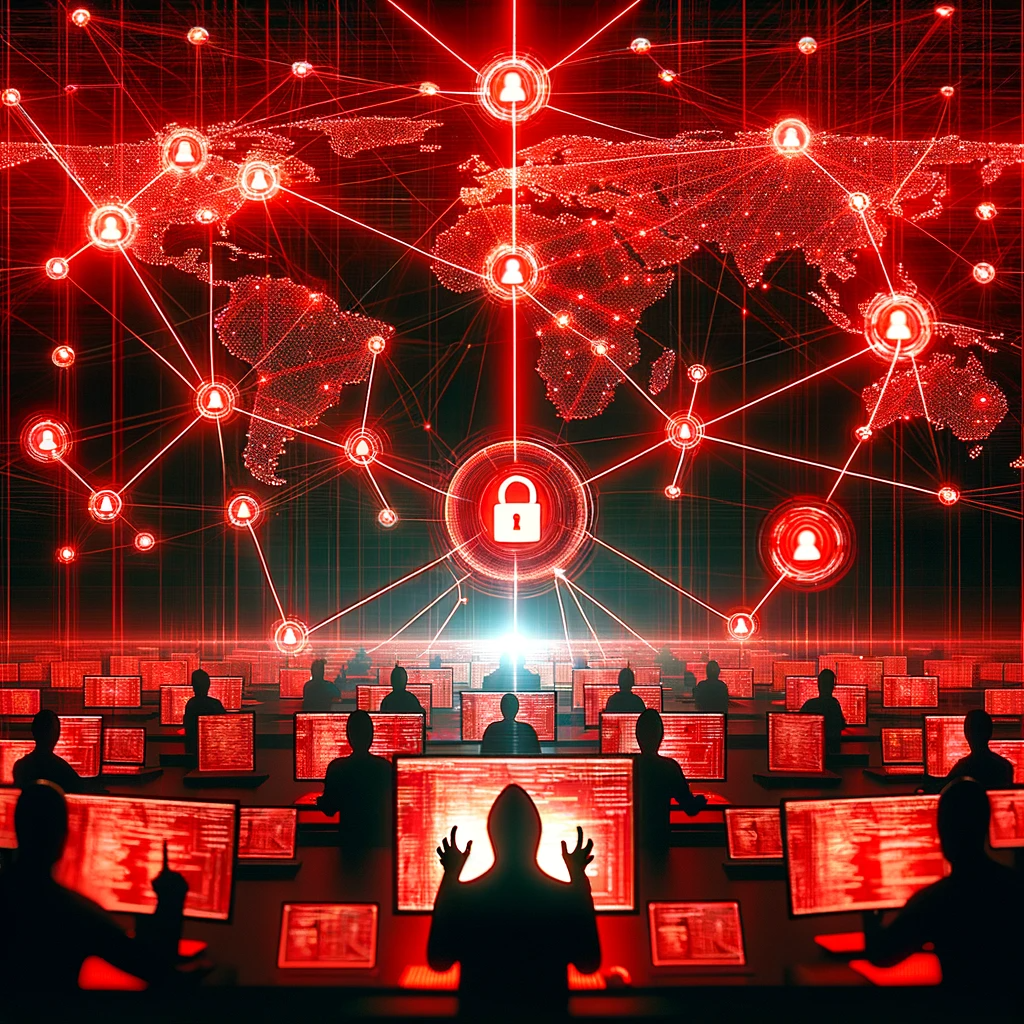In 2024, the cybersecurity realm faces a formidable opponent – botnets. These networks of hijacked devices, often unbeknownst to their owners, have become a key tool for cybercriminals. This article delves into the evolution of botnets, illustrating their increasing complexity and the significant challenges they pose.
The Anatomy of a Botnet
At the core, a botnet is a collection of interconnected devices – PCs, servers, and increasingly, IoT devices – infected with malware. Controlled remotely, these “zombie” devices execute a range of cybercrimes, from launching DDoS attacks to stealing data. The deceptive simplicity of botnets masks their true danger; they are not just isolated threats but part of a larger, interconnected web of cyber risks.
Botnet Expansion Tactics
Hackers have refined their methods to grow botnet networks. They employ techniques like IP address scanning to identify vulnerable devices and use proxies and VPNs to conceal their traces. With dynamic IPs and compromised devices in diverse networks, botnets are now more resilient and harder to track. The alarming trend, as evidenced in recent log file analyses, is the vast network of IPs involved in these attacks. Even with extensive blocking – over 800 million IP addresses to date – hackers quickly find new, unblacklisted IPs for their nefarious activities.
The Persistent Threat
Botnets exhibit an intricate understanding of network permissions and protocols, adapting rapidly to continue their attacks. This sophistication is not just systematic but alarmingly targeted, demonstrating an advanced efficiency in exploiting network vulnerabilities. Hackers use various methods, including cloud computing and virtual private servers, to launch these persistent attacks from a wide range of IPs, making defenses increasingly challenging.
Notable Botnets and Mitigation Strategies
The article highlights significant botnets like Mirai, Conficker, and Zeus, each showcasing different attack methodologies. To combat these threats, cybersecurity experts recommend robust strategies, including intrusion detection systems, advanced firewalls, and SSH key-based logins. Practical suggestions for server security, like using TCP Wrapper systems on Linux servers, are also discussed, emphasizing a proactive defense approach.
Conclusion
As we navigate the complex landscape of cybersecurity in 2024, understanding and mitigating the threat of botnets is crucial. This article not only sheds light on their evolution and methods but also provides actionable strategies to strengthen our digital defenses against these ever-evolving cyber threats.

